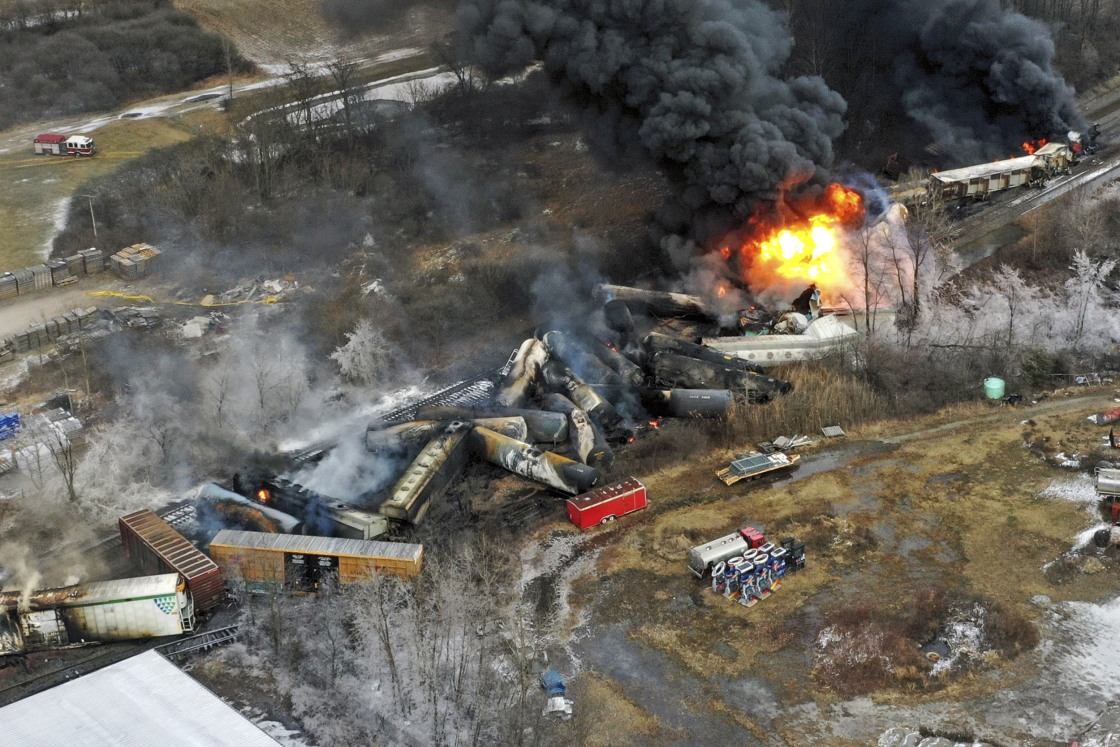As seen with the giant economic swings caused by COVID-19 it is very hard for the government to regulate both
inflation and unemployment even having access to complicated macroeconomic models.
When the entire country shut down due to the spread of COVID-19, the economy took a turn for the worse as people stayed home from work and were not spending money on any non-essential items. This impacted industries from entertainment to restaurants to individuals who were laid off due to these impacted industries. The government stepped in with stimulus checks in order to revitalize the economy by giving consumers the resources to buy the products people needed. This increased the amount of money in circulation which in turn helped industries be able to hire more workers. However the government’s stimulus checks focused on providing macroeconomic stability while now we are dealing with the consequences of high inflation.
According to Forbes Advisor, “During the Covid-19 economic crisis’s peak, unemployment rates soared 14.7% in April 2020. But as of July 2022, unemployment stands at 3.5%, the lowest level since February 2020.” Unemployment and inflation are inversely related. As unemployment increases, inflation decreases and vice versa. The government tries to balance out these two negatives. In the past, the Federal Reserve has used the Phillips curve as one of its macroeconomic models to set interest rates. The Phillips curve is a model that describes the relationship between inflation and unemployment and is used by the government in order to stabilize pricing while still maintaining high employment rates. Recently with the surge in inflation, many companies are laying off workers in order to deal with inflation. According to Insider, “Silicon Valley slashed some 100,000 jobs in the past six weeks in repentance for its pandemic-era hiring binge.” This is an example of inflation decreasing but unemployment increasing following the Phillips curve model. According to Investopedia, “When more people are working, they have the power to spend, which leads to an increase in demand. And prices (inflation) soon follow. The opposite is true when unemployment rises.” This shows how as inflation rises and labor becomes more expensive, businesses' margins of profit become slim enough that businesses start to lay off people in order to reduce their expenses and this decreases inflation again following the Phillips curve model.
However, as the economy has changed with income inequality reducing the individual worker’s bargaining power as well as other factors like globalization and the increased efficiency brought by e-commerce, the Phillips curve has become less and less accurate. This has led to it becoming more and more difficult for the government to use fiscal policy to prevent recessions and minimize inflation. This is partly because although businesses now react to future models of inflation predictions, the Phillips curve does not take into account businesses having such advance reactions.
It is clear that the government will have to take more things into account when creating fiscal policy with the intention of stabilizing prices and the labor market.
Sources:










